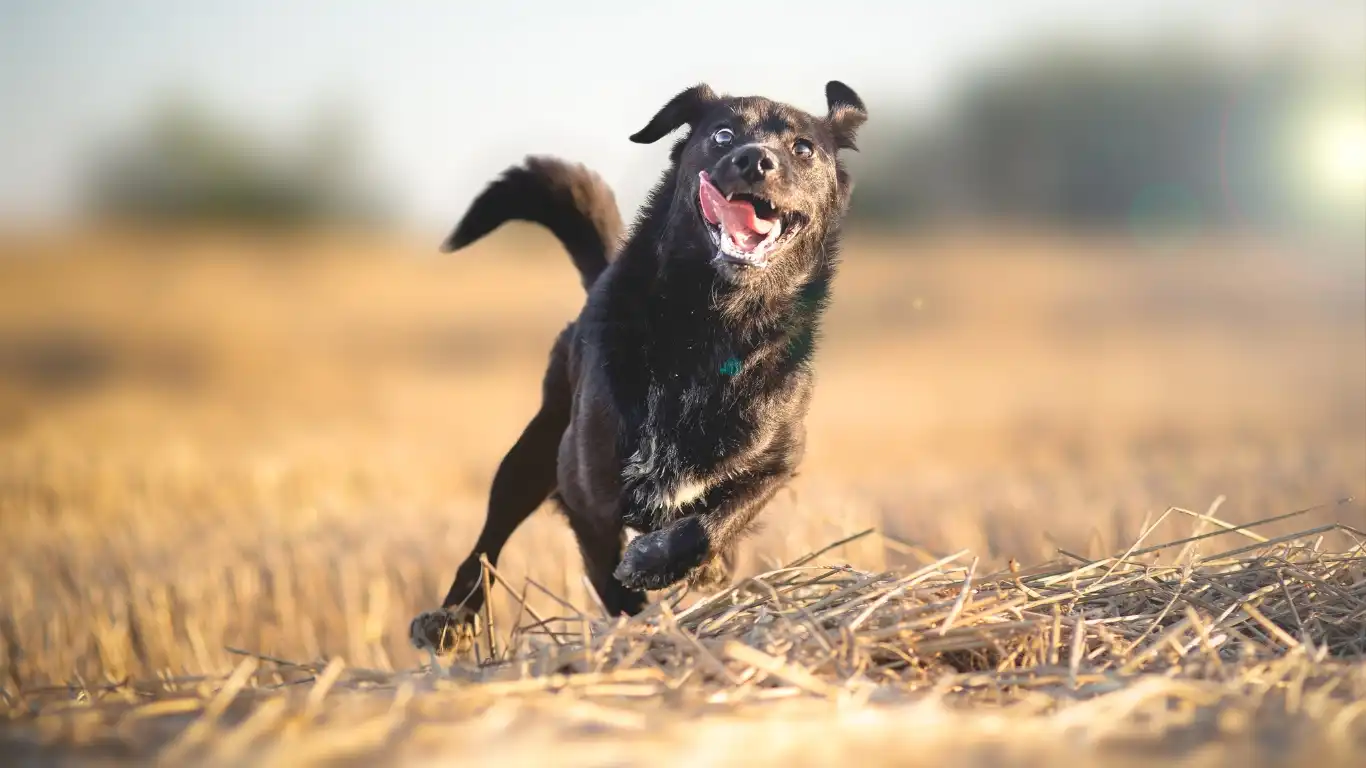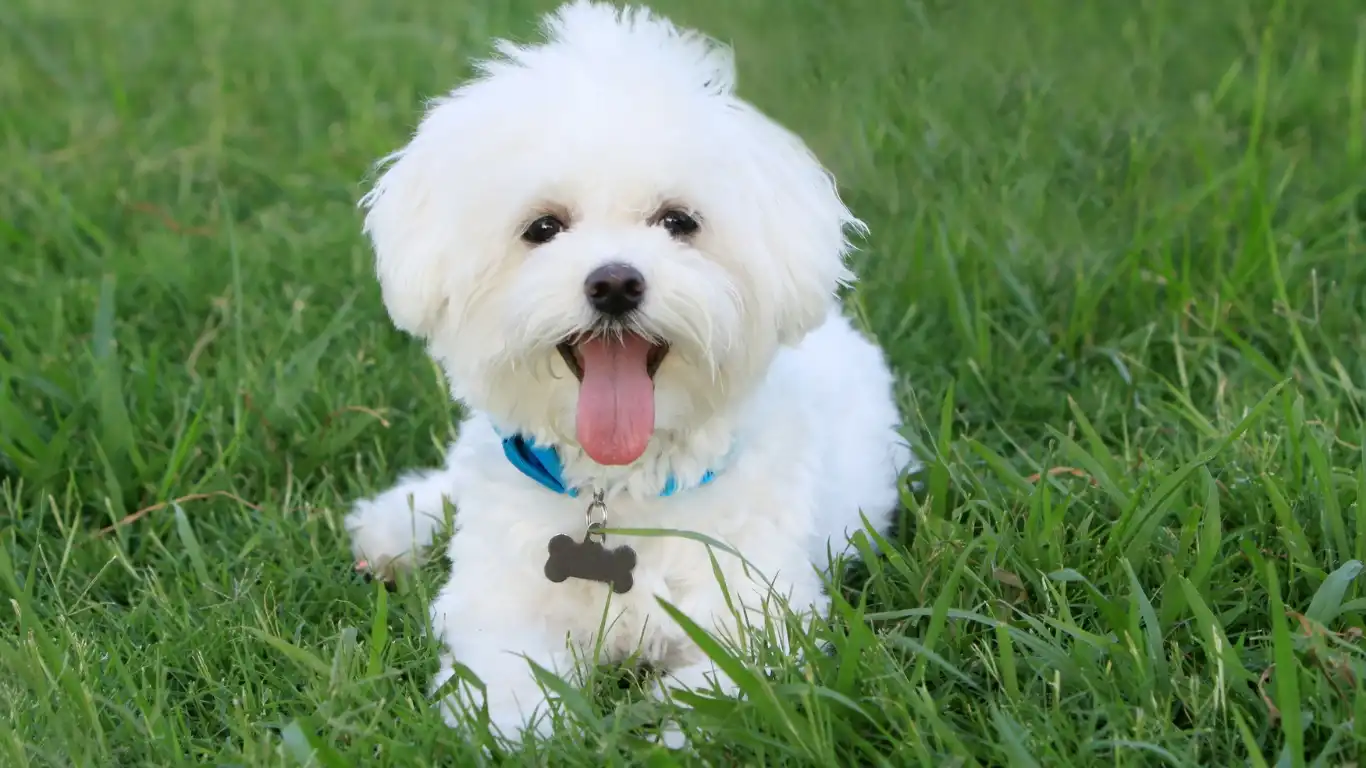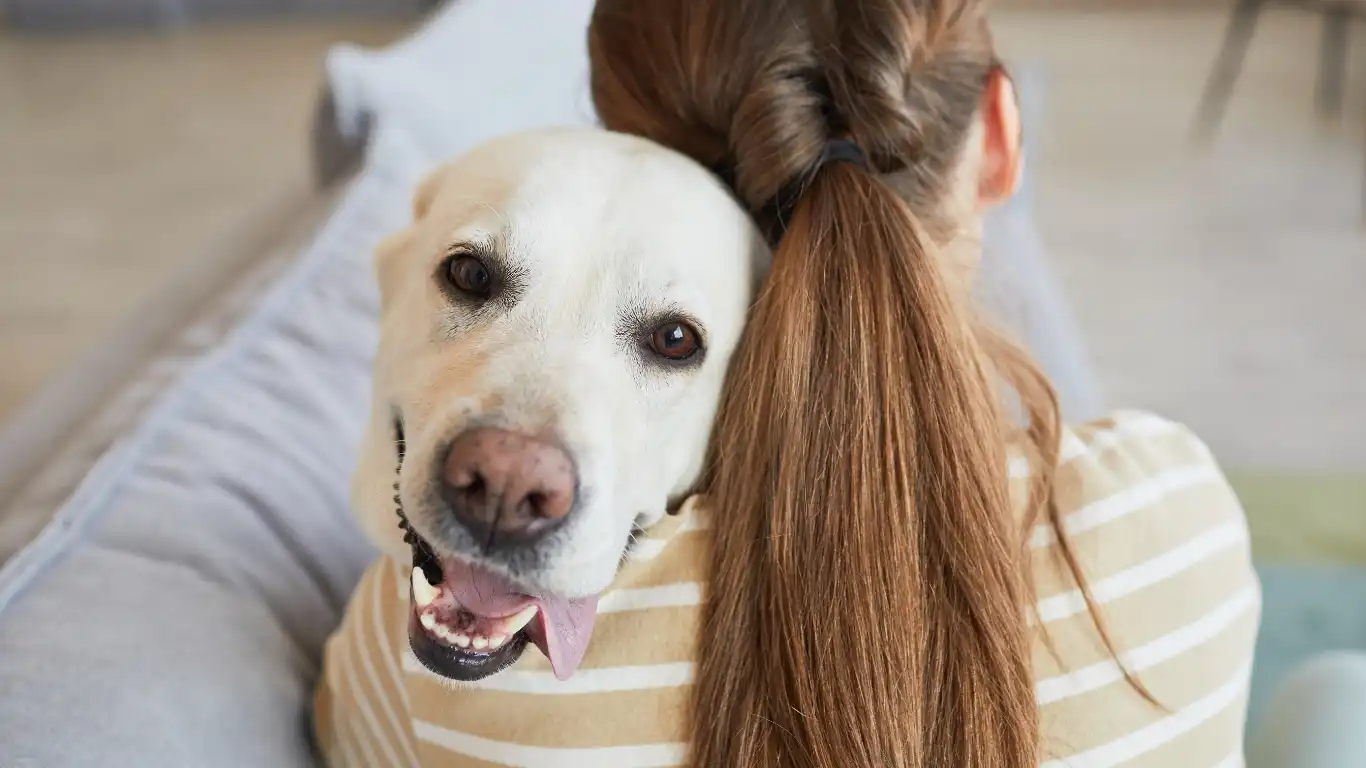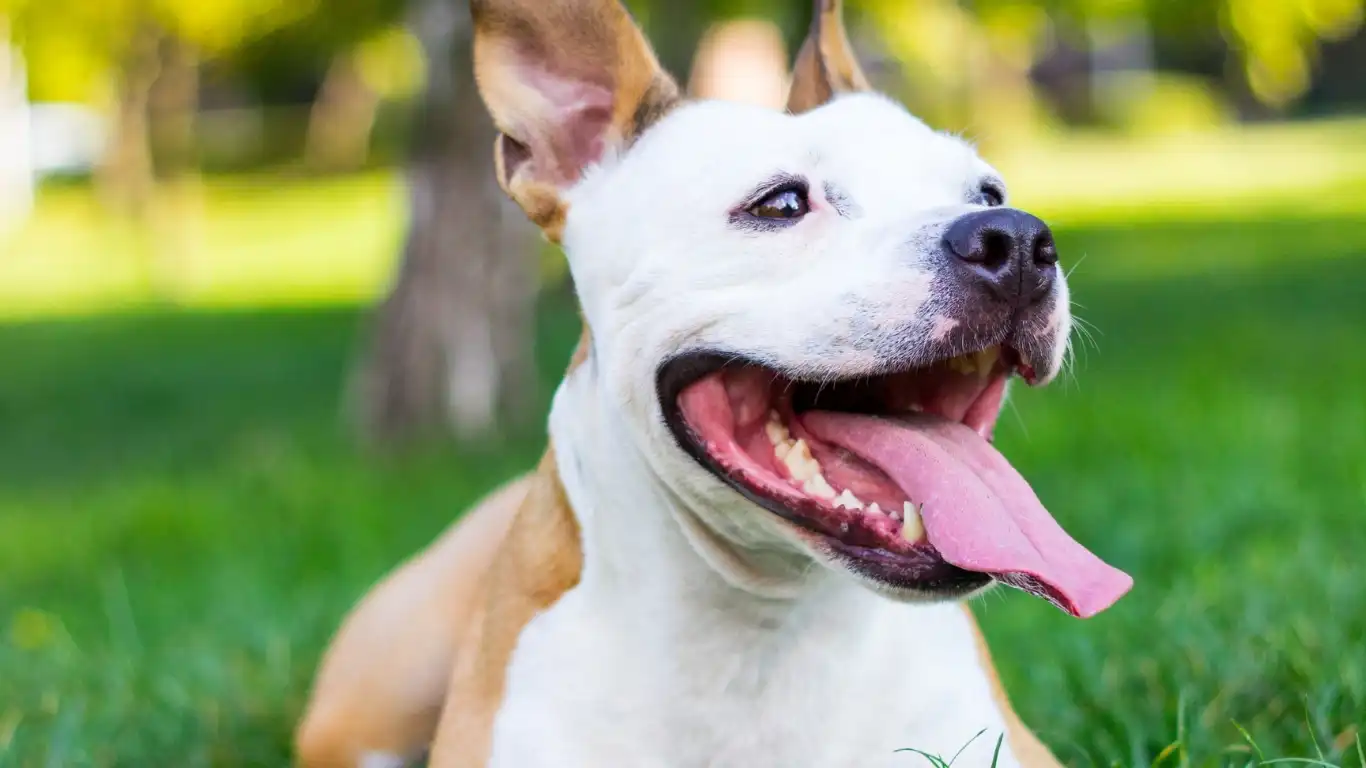Stop Counter Surfing Fast: Proven Fixes for Naughty Dogs
If you’re here because you’re tired of walking into your kitchen only to find your pup proudly munching on yesterday’s leftovers—or worse, tonight’s dinner—you’re not alone. One of the most common complaints I hear as a vet tech specializing in nutrition is: how to stop a dog from counter surfing. It’s frustrating, a little embarrassing when guests are over, and potentially dangerous depending on what your dog grabs. In this article, I’ll walk you through why it happens and how to tackle it head-on—with both compassion and some real-life tips that have worked for my clients (and my own food-obsessed lab mix, Daisy).
Why Dogs Counter Surf in the First Place

Let’s start with the obvious: dogs are opportunistic eaters. Unlike us, they don’t really care if that sandwich is meant for them or not. If it smells amazing and it’s reachable? Game on. From a dog’s point of view, the kitchen counter is basically an all-you-can-eat buffet with free samples left unattended. No manners required.
In my experience working with pet parents, counter surfing is usually a mix of boredom, curiosity, and straight-up reinforcement. If your pup scores food just once, they’re going to remember it forever. That’s the kicker—dogs are shockingly good at remembering food victories. So the next time they see an opportunity, they’re going to jump (literally) at it.
Common Mistakes That Actually Encourage Counter Surfing

Even the most well-meaning pet parents can unintentionally encourage this behavior. Here are some common pitfalls I’ve seen:
- Leaving food unattended: Even a few seconds is enough for a dog to nab something.
- Inconsistent boundaries: Sometimes letting them lick the spoon, other times scolding them, sends mixed messages.
- Reinforcing the behavior: Yelling (or chasing) might actually be seen as a fun game of “catch me if you can.”
During my clinic consults, I’ll often ask owners to describe a typical day in the kitchen. You’d be surprised how often people realize they’re unknowingly inviting their dogs to test boundaries.
How to Stop a Dog from Counter Surfing—For Good

Alright, let’s get into the real stuff: how to stop a dog from counter surfing. No gimmicks. Just practical, proven tips I’ve used personally and with clients over the years.
1. Manage the Environment
This is your first and easiest line of defense. Think of it as dog-proofing your kitchen. Remove temptation. Keep counters clear of food, crumbs, or even that bacon-scented paper towel you tossed.
- Use baby gates to block access when you’re not around.
- Crate your dog during food prep time if needed.
- Store food promptly—no lingering leftovers.
2. Teach a Solid “Place” or “Settle” Command
Training your dog to go to a specific spot (like a mat or dog bed) while you cook or eat is a game changer. I trained Daisy to lay on her “kitchen mat” whenever she smelled food cooking—and now she automatically goes there. Not gonna lie, we had to practice a lot with high-value treats, but it paid off.
3. Make the Counter Boring
Dogs repeat behaviors that are rewarding. So if the counter never has anything fun (aka food), it eventually loses its appeal. You can even leave out a few “booby traps”—like cookie sheets balanced precariously—so they clatter when nudged. Not harmful, but it makes the act a lot less appealing.
4. Reward the Right Behaviors
Catch your dog doing something right? Reward it! I can’t stress this enough. If they lay calmly on the mat instead of sniffing the counter, give them a treat or a calm “good dog.” The more you reinforce what you want, the less likely they are to go back to their old ways.
Consistency Is Everything

One of the biggest mistakes I see pet parents make—especially when they’re trying to figure out how to stop a dog from counter surfing—is inconsistency. And look, I get it. Life happens. You’re juggling dinner, kids, emails, and suddenly your dog snatches a sandwich and bolts. It’s tempting to just throw up your hands and laugh it off, especially if it’s not the first offense. But here’s the truth: if you’re not consistent, your dog won’t be either.
When I was training my own dog, I made a little checklist and stuck it on the fridge. Nothing fancy, just reminders like “clear counters,” “mat training after meals,” and “no table scraps ever.” That visual cue kept me (and everyone else in the house) accountable. Your dog is watching your behavior as much as you’re watching theirs, so keeping those rules tight really matters.
Get the Whole Household on Board
This is huge. If you’re working hard on training but your roommate or partner is sneaking your pup bites of roast chicken under the table, it’s going to backfire. I always tell clients during nutrition consults or behavior chats: dogs thrive on clarity and structure. Mixed signals? That’s when the problems start.
Try a quick family meeting—or heck, a group text—to lay out the house rules for kitchen manners. Everyone needs to be on the same page, even the little ones. Trust me, dogs can tell when the toddler’s snack is an easier win than your discipline.
Exercise and Mental Stimulation Matter More Than You Think

I know this might not seem directly related to counter surfing, but hear me out. A bored dog is a mischievous dog. I can’t count the number of clients I’ve worked with who thought their dog had a “behavioral issue,” when really… the pup was just under-stimulated.
Before Daisy was on a solid exercise routine, she’d steal everything from socks to turkey legs. But once we started daily structured walks and mentally challenging games (like snuffle mats and frozen KONGs), her sneaky habits dropped off. She was tired—in a good way.
- Daily walks or runs: Let them burn off that energy before mealtime chaos.
- Interactive toys: Food puzzles, treat dispensers, even old-fashioned hide-and-seek work wonders.
- Training games: Reinforce good behavior through short, fun obedience sessions.
All of this makes your dog more fulfilled, which reduces the impulse to self-entertain via counter raids.
When Positive Reinforcement Needs Backup

Okay, let’s talk reality. Sometimes, no matter how many treats you toss for good behavior, your dog’s stubborn streak comes out. It happens! Positive reinforcement is key, yes, but occasionally you need to layer in some backup strategies—just without using fear or punishment.
Try Management Tools
These aren’t forever solutions, but they help keep progress on track:
- Leash indoors: Keep your dog on a leash in the kitchen during peak temptation times. It’s a gentle reminder of boundaries.
- Pet-safe deterrents: Things like citrus spray or double-sided tape on counters (temporary, of course) can discourage jump-ups.
- Motion detectors: Some pet owners use gentle noise alarms that go off when a pet enters a restricted zone. It’s not my go-to, but for stubborn cases, it can help.
Professional Help Isn’t a Failure
Sometimes, your dog’s counter surfing becomes so ingrained that DIY methods aren’t cutting it. That’s when calling in a professional trainer or veterinary behaviorist is actually the smart move. I’ve referred several clients over the years when I saw that frustration levels were rising and progress was stalling. It’s not a failure—it’s reinforcement from someone with fresh eyes and proven techniques.
What matters most is staying calm, consistent, and compassionate. Your dog isn’t trying to “misbehave”—they’re just following what worked for them before. And with a little help, they’ll learn a new way to earn rewards that doesn’t involve stealing your leftovers off the counter.
Setting Realistic Expectations

One of the biggest mindset shifts I encourage with clients—especially those feeling defeated by the whole counter surfing saga—is this: progress over perfection. Your dog isn’t going to change overnight. This behavior didn’t start in a day, and it won’t vanish in one either. And that’s okay.
Back when I was training my own dog Daisy to stop jumping on the counters, there were slip-ups. I’d think we’d cracked it, then bam—half a sandwich was gone the second I turned my back. But over time, those incidents got fewer. That’s the real goal: consistent improvement, not instant perfection.
Dogs learn through repetition, structure, and clear feedback. Stay patient and keep reinforcing the good stuff. Every time your pup chooses to chill on their mat instead of making a flying leap onto the counter? That’s a win worth celebrating.
Training Tips That Stick

At this point, you’ve probably got a solid understanding of what’s going on and how to respond. But to really tie things together, here are a few final tips that I’ve found super helpful over the years working with dogs and their people:
Use High-Value Rewards Wisely
When you’re working against the ultimate temptation (counter food), you’ve got to compete. Make sure your training treats are next-level delicious. Think freeze-dried liver, fresh chicken bits, or your dog’s absolute fave snack. It’s not bribery—it’s smart reinforcement. You’re showing them that good behavior pays better than sneaky grabs.
Practice During Real-Life Scenarios
One mistake I see often? People train their dogs to stay off the counter during quiet times, then expect perfection during chaotic dinner prep. But dogs need practice in the real situations where they’re tempted. So train when you’re actually cooking. Reward when they lie on the mat as you chop veggies. Be present and proactive.
Short Sessions, Big Results
Keep training sessions short and focused. Just 5–10 minutes a few times a day is way more effective than one long session. Over time, those short bursts build a reliable behavior foundation that sticks even when you’re distracted.
Building Long-Term Success
By now, you’ve got a toolbox full of techniques, and hopefully, some renewed confidence. But if I could leave you with one final thought—it’s this: relationship first, training second. When your dog trusts you, feels safe, and understands the rules, they’re way more likely to listen and follow through.
Also, don’t forget to revisit things from time to time. Dogs go through different phases—just like us. Teething pups, teenage-stage adolescents, and senior dogs with new quirks may all test boundaries in their own way. Stay flexible, keep adapting, and always prioritize communication with your dog.
Signs Your Training Is Working
- Your dog hesitates instead of jumping the moment they smell food.
- They go to their mat or “place” when you enter the kitchen.
- They look to you for guidance when they feel conflicted.
Each of these moments is a big deal and shows your effort is paying off. Celebrate them. Your consistency and care are shaping a more respectful, confident dog—one that can coexist in the kitchen without chaos.
References
Disclaimer
This article is based on my personal experience as a veterinary technician specializing in canine nutrition and behavior. The information provided is intended for general guidance and educational purposes only. It should not replace personalized advice from a licensed veterinarian or certified professional dog trainer. If your dog exhibits aggressive or dangerous behavior, please seek professional help immediately.






